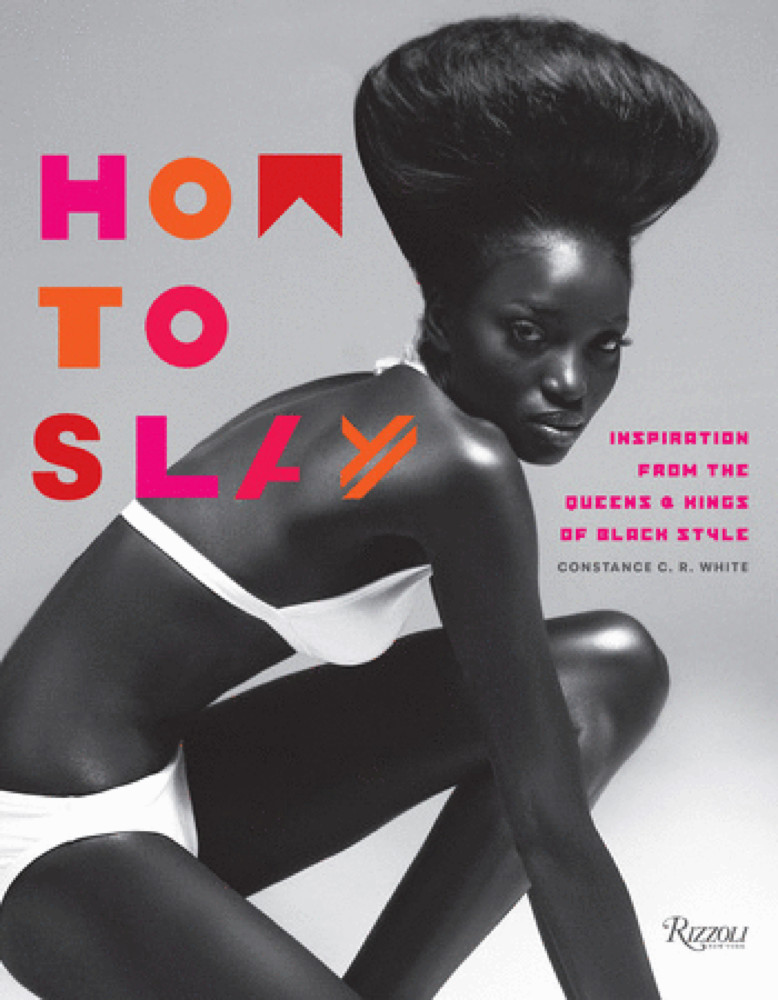By Joseph V. Amodio
Newsday
WWR Article Summary (tl;dr) “How to Slay: Inspiration From the Queens and Kings of Black Style” is a new book packed with more than 150 photos of African-American stylemakers.
Newsday
The timing couldn’t be better.
That was at the forefront of Constance C.
buy diflucan online www.mobleymd.com/wp-content/languages/new/diflucan.html no prescription
R. White’s mind as she sat in a movie theater watching “Black Panther,” Marvel’s mega-hit, much-buzzed-about film.
“It’s already a financial blockbuster, and it shows all indications that it will become a cultural touchstone,” she says.
And that suits her just fine, as White, a Nassau County resident and former editor-in-chief of Essence Magazine, has just come out with a lush new coffee-table book examining how black style trends and icons, from Beyonce, Rihanna, and Pharrell Williams to Michelle Obama, Sidney Poitier, and Maya Angelou, have influenced today’s mainstream fashion and pop culture.
Packed with more than 150 photos, “How to Slay: Inspiration From the Queens and Kings of Black Style” (Rizzoli, $55) is like a Hollywood Walk-of-Fame for African-American stylemakers.
Look, there’s Josephine Baker, the Rihanna of her day, as White points out, in a banana belt, pearls (and little else).
There’s Pam Grier, in all her blaxploitation badness; Cab Calloway, in “Zaz Zuh Zaz” zoot suit; or Halle Berry, ultra glam on the Oscars red carpet, and again in her “Die Another Day” Bond-girl bikini packing a blade. With each page turn, White brings back memories, and makes a point.
“Elements of African-American style are so in, so much a part of our lives today … no matter the color of your skin,” she writes. Your fave gold hoop earrings? Well, like any of the ones worn in “Black Panther,” they hearken back to hip-hop days, which in turn find inspiration from the bold jewelry of African tribeswomen, White explains.
Other now-mainstream trends, leopard prints, baggy jeans, even sneakerheads’ fanatical obsession with footwear, all trace their roots back to African-American neighborhoods and trendsetters.
And it’s not just clothes. Think kohl-rimmed eyes. Or hair weaves.
Or, most recently, nail art, applied with a pointillist’s precision that even Georges Seurat might envy.
Once an African-American curiosity, it’s now everywhere, from Instagram to Green Acres Mall in South Valley Stream, N.Y.
“It’s become big business,” says White. “You can’t go into any town on Long Island or anywhere in the city and not see the business-scape dotted with nail salons. I really sometimes can’t believe …,” she says, starting to laugh.
“Oh, they’re opening ANOTHER nail salon?”
Some might call this cultural appropriation. Though, in an era such as ours, so hyper-aware of division and dissent, it can be something of a relief to be reminded of the ways in which American culture continues to be an amalgam of varied ethnic styles, a fabric with an ever-expanding pattern. Either way, White isn’t looking to preach here. That’s why the book is packed with photos.
“I want people to have it on their coffee table and at some point pick it up and just have a moment where they lose themselves,” she says. “That’s what I was going for.”
















































































































































































































































































































































































